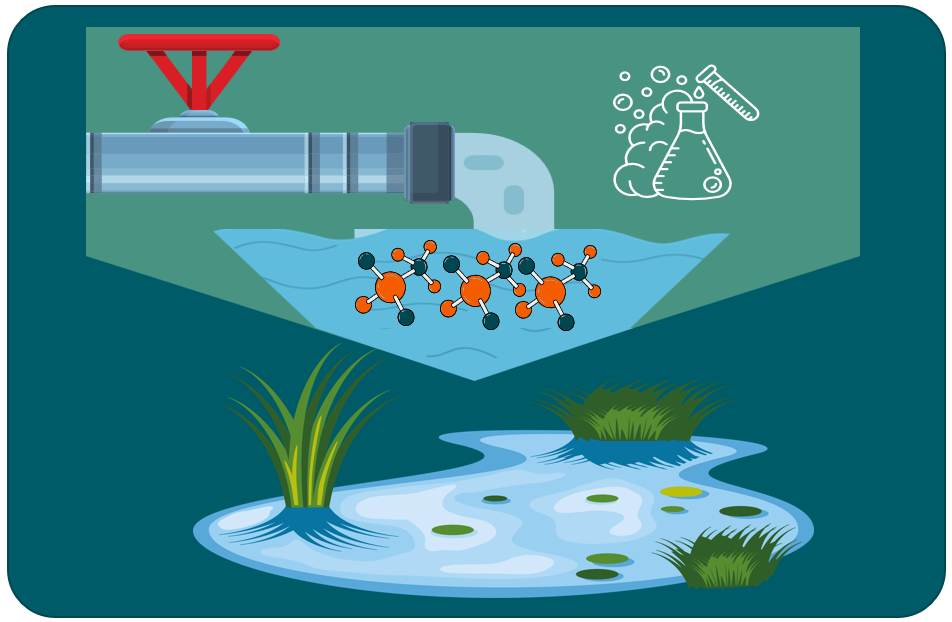Identify the most effective, technically feasible & economically viable technologies to remove and destruct short-chained PFAS commonly found in process water.

Addressing PFAS contamination is rapidly becoming a strategic imperative for the chemical industry—crucial for future-proofing operations, protecting human and environmental health, and unlocking sustainable growth opportunities. In process water, even low levels of PFAS can trigger regulatory action, plant shutdowns, fines, or product quality concerns, making effective treatment a new license to operate.
This project focuses on identifying technically effective and economically viable technologies for removing and destroying short-chain PFAS at industrial scale. While many solutions exist for long-chain PFAS, significant gaps remain in treating short-chain variants at low concentrations. Through a three-phase selection process, the project will assess leading technologies, evaluate real-world feasibility, and establish a knowledge base and roadmap to accelerate scalable PFAS solutions—both for risk mitigation and commercial opportunity.
GLOBAL IMPACT TOPIC: Do No Harm
CHALLENGES TO ADDRESS:
Fragmented efforts and duplicated investments across companies.
VALUE OF GIC’S COLLECTIVE APPROACH:
Avoid individual duplicate research, trial & pilot efforts by building a shared research & pilot program.
Slow progress due to sequential and siloed technology validation.
Execute parallel and complementary pilots to accumulate more knowledge faster.
Limited access to the full range of technical expertise and perspectives.
Leverage diverse & complementary GIC member capabilities to move faster towards insight.
High costs and limited infrastructure for piloting emerging technologies.
Share resources and capabilities to keep costs low, e.g., using GIC member assets and infrastructure.
